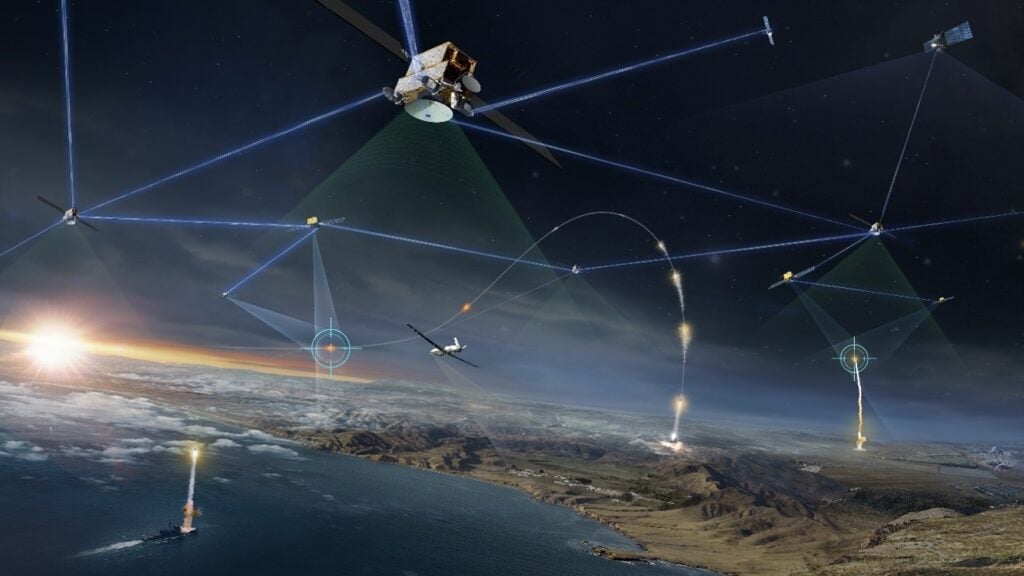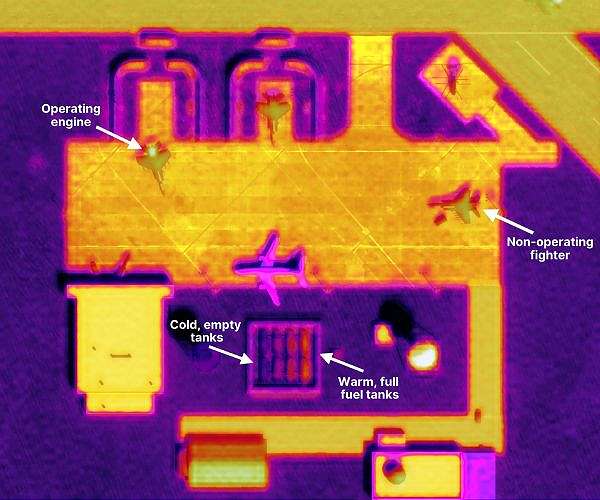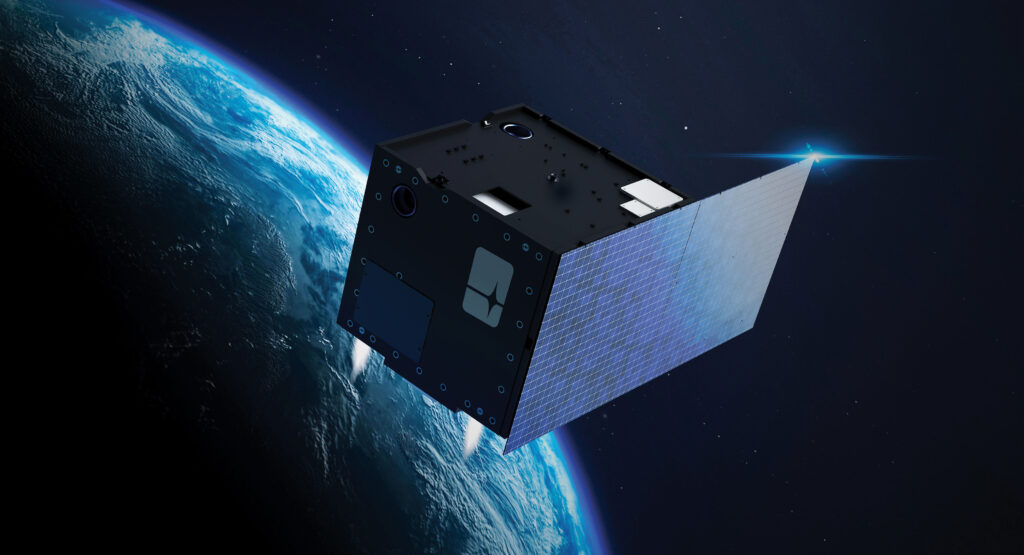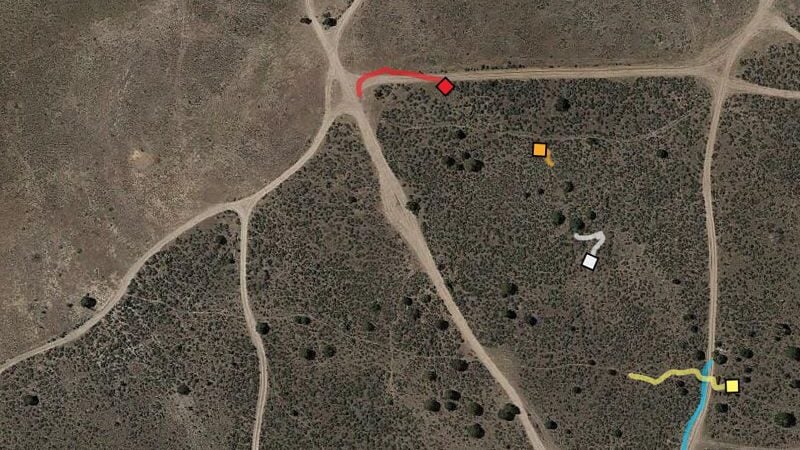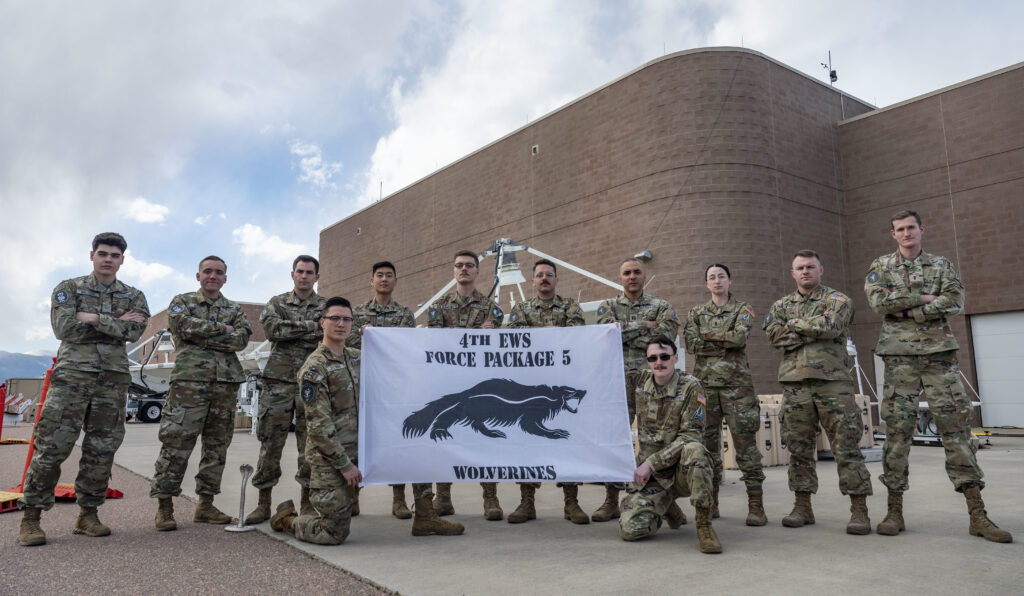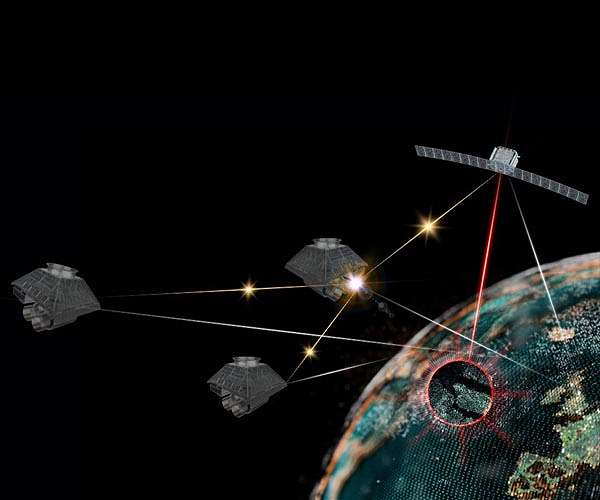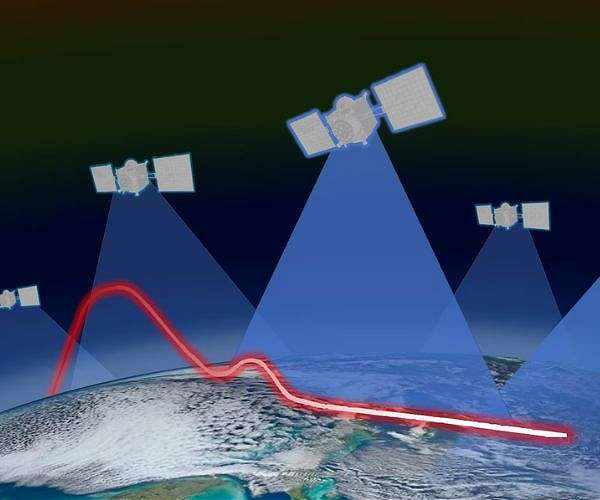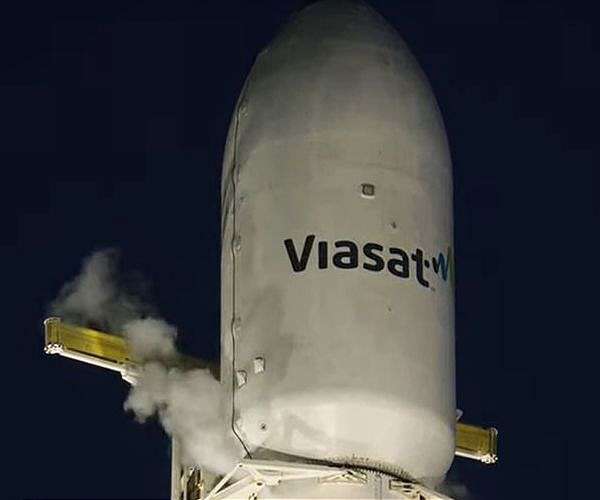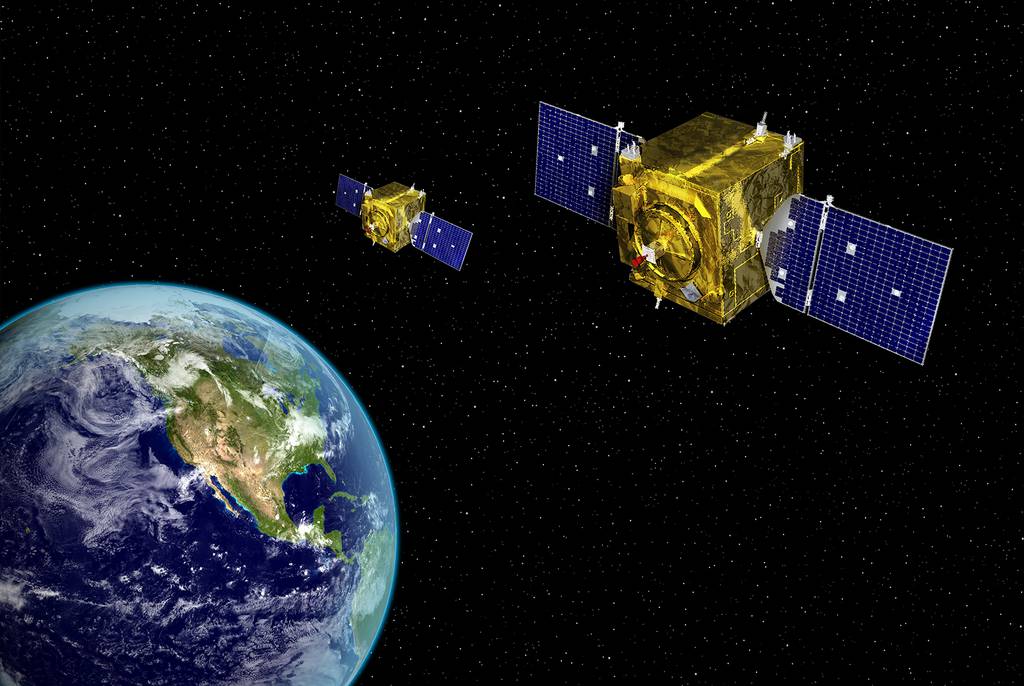stand alone command outside the USAF
USAF is absolutely NOT suited for space warfare. This club of elderly fighter jocks managed to drag behind Iran in combat drone technology - just because unmanned aircraft works against interests of professional pilots.
so I'd *dearly* like to learn more about those gray areas of space military operations that you appear to be cognizant of. Hic Rhodus, hic salta.
Oh, they are numerous ones. For example, what's are the "rules of engagement" in space? How close one spacecraft could be to other spacecraft without it being considered hostile action? What trajectory change could be considered justification for self-defense (for example, if one spacecraft seemingly burned to a collision course with another, but the interception time is still many minutes away, so it potentially could burn to some other orbit)? Would it be premittable to remove "dead" military satellite, if it theatened the orbit of the sattelite of other country, but the owner of the "dead" satellite could not/did not want to remove it in time? What could be the legal justification for destroying opponents satellite if state of war is not declared, but localized hostility is taking place? Etc., etc., etc.


